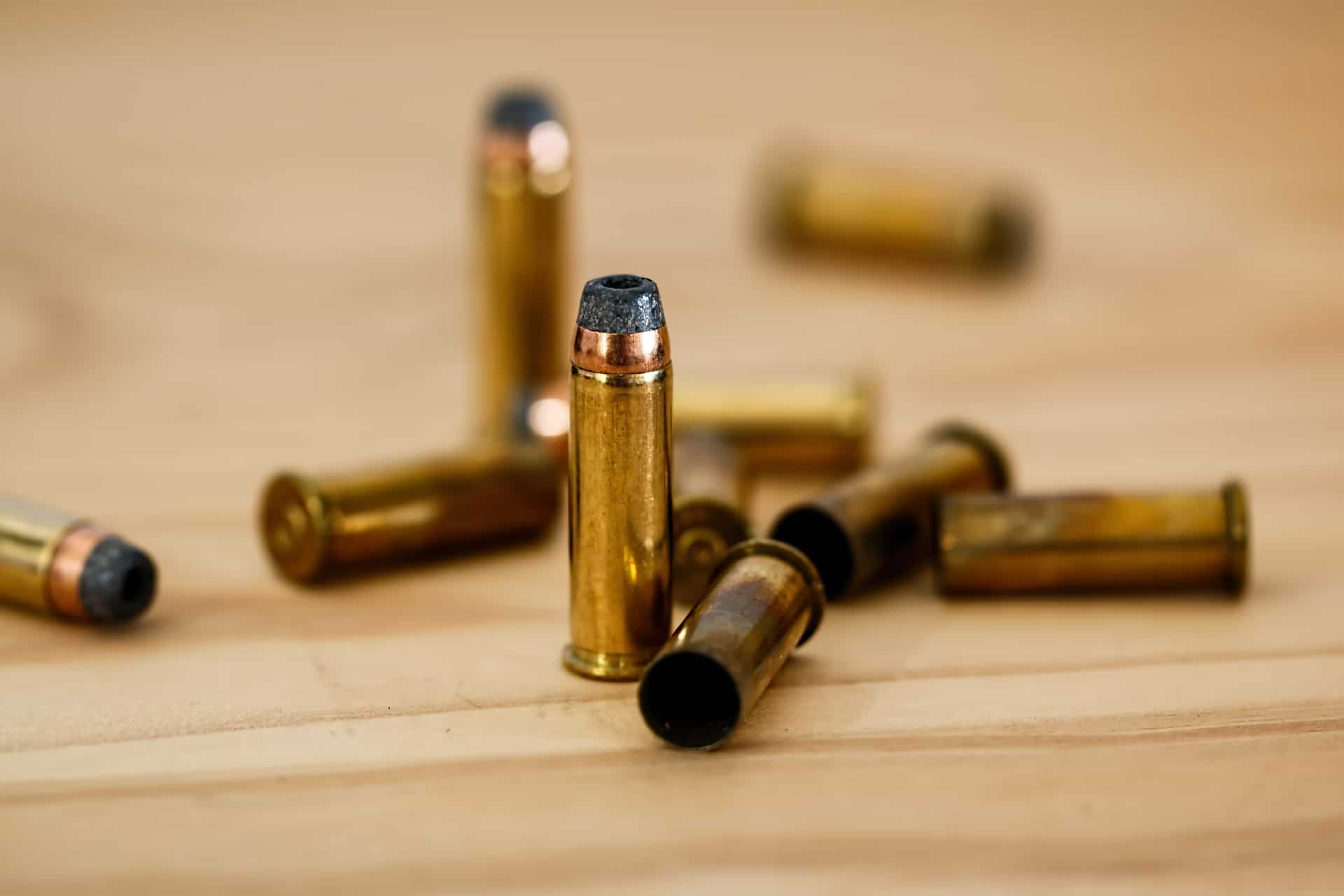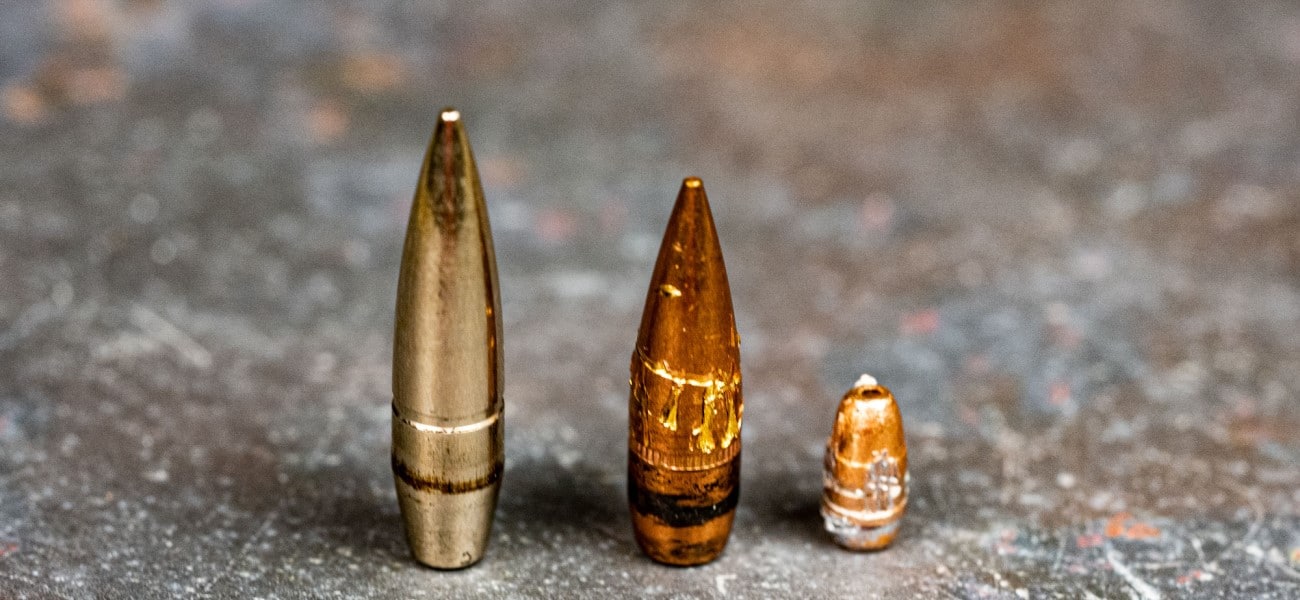
You’ve just invested in a new scabbard backpack and thoroughly cleaned your hunting gear, and you can’t wait to get out on the range for the first time. You’ve decided to learn more about your hobby in the meantime, and one of the questions you’ve always wanted to know is ‘how quickly does a bullet travel?’ If you have a question about bullets, we are here to help you with it as well as any other problems you may be experiencing.
Table of Contents
What is the speed at which bullets travel?
Bullets travel at varying speeds depending on their type and a variety of other factors that can influence them, all of which will be discussed in greater detail later in this article. It is possible to measure the speed of a bullet in a variety of ways. In the United States, it is measured in feet per second. Alternative units of measurement include meters per second, which can be converted to kilometers per hour.
A gun, like any other mechanism, performs differently depending on the capabilities that the manufacturer has provided it with through the components that it employs. Therefore, there is no standard bullet speed; instead, different guns have varying limits in terms of bullet speed.
For example, a common 0.22 rimfire cartridge with a small amount of powder allows the bullet to travel at a speed of 370 – 460 m/s. This is faster than the speed of sound. In contrast, the capacity of rifle cartridges has been increased, and the bullets can travel farther and faster.
The average bullet can travel at a maximum speed of 760 m/s or 2736 km/h, which translates to 2493 frames per second. Given the incredible speed with which bullets travel, it is impossible for any living creature to react in time and avoid being hit by one.
Consider that the sound wave travels at a speed of 1126 feet per second, or approximately 768 miles per hour. Essentially, this means that a bullet travels twice the speed of sound. Or to put it another way, when you fire a gun, the bullet first reaches its target, and only after that do you get to hear the sound it makes after exiting the gun.
The bullets fired from the most common type of handgun, the 9mm, travel at a speed of 1500 fps and can travel a maximum distance of 2500 yards before exploding.
What factors can have an impact on the speed of the bullet?
The bullet’s speed can vary depending on a number of different factors. The type of gun that is being used to fire that bullet is the most important factor to consider. The bullet is one of the components of the ammunition cartridge that, in order to be launched, requires the deployment of a specific mechanism. Every gun has a unique ability and bullet speed that is determined by the ammunition cartridge it is loaded with.
After pulling the trigger, the bullet leaves the gun at a speed of approximately 536 meters per second (or 1200 miles per hour) for the first time. The muzzle velocity of the bullet is represented by this number. Machine guns and rifles are the weapons with the greatest acceleration and the ability to fire bullets with the highest muzzle velocity possible. Gun bullets from other common weapons, such as pistols, have a lower rate of acceleration.
The weight of the bullet is another factor that influences the speed of the bullet, and it is dictated by the caliber and type of gun used. A lighter bullet will travel faster than a heavier bullet. The weight of a bullet can vary tremendously depending on its caliber. Heavy bullets can weigh as much as 0.2kg. Lightweight bullets can weigh as little as 0.02 kg, while the lightest bullets can weigh less than 0.02 kg.
The average bullet, which can be considered to be those in the 9 mm caliber, weighs between 90g and 140g on average. .22 caliber bullets are also commonly used and weigh approximately 40g. They are another popular caliber. Due to the size of hunting rifles, heavier bullets are typically used, which makes sense given their purpose.

When it comes to hunting ammunition, the muzzle velocity of the bullet varies depending on the bullet type, or more specifically, the caliber of the bullet. Here are some of the most effective calibers for hunting that you can use.
In terms of muzzle velocity, the.35 Remington is one of the most popular calibers, with a muzzle velocity of 2080 feet per second. The muzzle velocity of the.25-06 Remington is 3440 feet per second. The muzzle velocity of the 7mm-08 Remington is 2860 feet per second, while the muzzle velocity of the 7mm Remington Magnum is 3110 feet per second.
Bullets manufactured by Winchester are also widely known, and we have examples such as the Winchester.243, which has a muzzle velocity of 2960 fps, the Winchester.308, which has a muzzle velocity of 2820 fps, the.270 Winchester, which has a muzzle velocity of 3060 fps, and the.30-30 Winchester, which has a muzzle velocity of 2390 fps.
There are, of course, a plethora of other bullet types available for each specific gun model. If you want to know specifics about their velocity, caliber, or weight, you will be able to find all of the information you need on the label or on the manufacturer’s website, depending on your preference.
Other factors that can influence a bullet’s velocity include a variety of environmental conditions such as the direction of the wind, which can either propel the bullet forward or blow against its trajectory, slowing it slightly. Additionally, the density and temperature of the air make a difference. When the temperature is high, bullets move more quickly.
Air also plays an important role because, as the bullet travels, it will cause it to gradually lose its momentum, which will cause it to explode. This occurs as a result of a phenomenon known as the resistance drag factor. The bullet’s speed is slowed by the presence of air.
The angle at which the bullet is fired, as well as gravity, which naturally pulls the projectile down, can all have an impact on its speed. The bullet travels at its fastest speed immediately after leaving the gun. As it moves closer to the target, it begins to fall as a result of the gravitational pull.
Furthermore, there are several other gun-related factors that influence how fast a bullet can travel, including the amount of gun powder you are using, the length and temperature of the barrel (the longer the barrel, the faster the bullet), the volume of the cartridge case, the quality of the ammunition you are using, and the way you handle it.
What exactly does the bullet point contain?
Bullets are housed in an ammunition cartridge, which contains several components that must all work together in order for the bullet to be released from the barrel of a firearm. The components of the ammunition are as follows:
Gunpowder is the chemical element that can be found inside the bullet and that burns when you fire the gun. It is also known as “black powder.”
When the firing pin is activated, the primer ignites the gunpowder, causing an explosion to occur and the explosion to ignite the primer.
Case – as the name implies, this is the container in which the other two primary components of the bullet are contained. The case can be made of a variety of materials, including lead, various types of lead alloy, copper, and copper alloys, among others. The majority of bullet casings are made of lead.
Bullet – also known as a projectile, this is the ammunition that is fired by the gun when you pull the trigger on it. Lead is the most common type of bullet material used by gun manufacturers. However, given the wide variety of guns available today and their various purposes, you can also find bullets that are made of less resistant materials such as rubber or plastic, which are less effective in combat situations.
Copper, aluminum, bismuth, and steel are some of the other metals that can be used as substitutes for lead. The latter is extremely powerful and can easily pierce through most materials. Another type of bullet made of the chemical compound tungsten carbide is extremely durable and capable of penetrating even the most heavily armored vehicles.

What is the best way to increase the bullet’s velocity?
There are a few methods that can assist you in increasing the speed of the bullet, and by this, we refer to the speed at which the bullet is launched. The cartridge has a significant impact on the speed at which a bullet can travel. Depending on the cartridge, the same bullet can travel at a different speed than another. The greater the amount of pressure that the cartridge can withstand, the faster the bullet will travel.
The cartridge pressure can be increased if the projectile’s initial velocity is too low, and this can be done after the cartridge’s limit has been reached. There are, however, alternative methods, such as changing the type of bullets you use, that you can employ.
Lighter bullets have a greater initial speed than heavier bullets. These bullets, however, are more susceptible to being affected by air resistance and wind force, and if the distance between the bullet and the target is great, these bullets will slow down more quickly than heavier bullets.
In addition, the barrel type has an impact on the bullet’s initial speed. If you want the bullet to travel as quickly as possible, you should choose a gun with a long barrel. However, there are some drawbacks to this, including the fact that the gun will be heavier and more difficult to handle and store.
Guns are extremely diverse, and it is impossible to have too much knowledge about them. In this section, you will find everything you need to know about hunting gear if you are a passionate hunter who is always eager to learn more. Keep an eye out for more articles like this.
